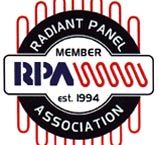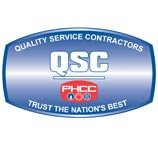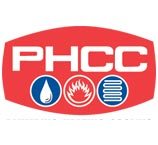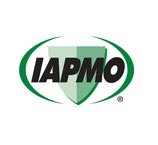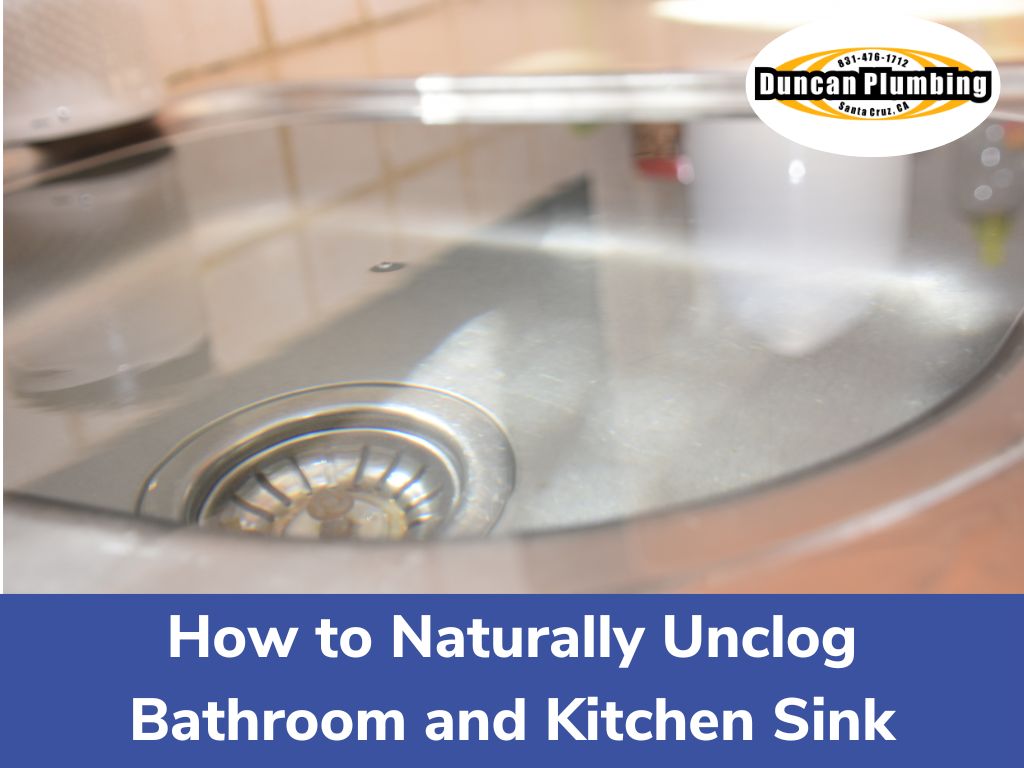How to Fix a Clogged Sewer Line

Got a clogged sewer line?
You probably know how much of a headache this can be!
Although it doesn’t pose an immediate threat to your house, a backed-up sewer line can cause thousands of dollars in damage. It can damage your floors, walls, basement, furniture, plumbing, and electrical systems. This disaster is not just expensive – but also extremely frustrating.
The only solution is to deal with the issue as soon as possible. Since your standard plunging won’t resolve this issue, you will need to know how to identify the sewer line clog and how to handle it.
Let’s start by understanding the signs of a clogged sewer line.
Tell-Tale Signs of a Clogged Sewer Line
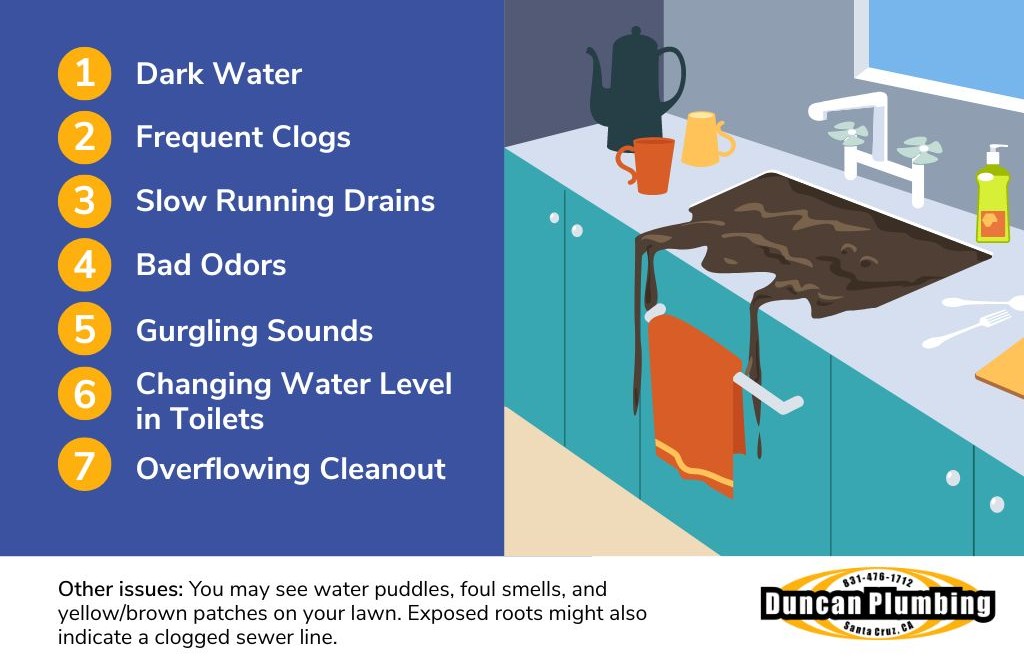
Sewer lines carry wastewater away from sinks, toilets, showers, and more. These drainage lines connect with the main sewer line. In other words, a clogged sewer line can wreak havoc on your plumbing system, resulting in frequent clogs and flooded basements.
Most sewers get clogged gradually. If you identify the clog quickly, you can prevent your basement from flooding. The tell-tale signs of a clogged sewer line include:
1. Dark Water
One of the most tell-tale signs of a clogged sewer line is dark water backing up in your sink, toilet, showers, and tubs. When you drain the water, it moves backward because the sewer line is clogged. The wastewater will overflow from the lowest point of entry, usually your shower.
2. Frequent Clogs
Another common sign of a clogged sewer line is frequent clogs. If you notice sinks, toilets, and showers failing to drain frequently, you may have a clogged main drain problem on your hands. Even if repeated use of a plunger or cleaners fails to resolve this issue, don’t ignore this problem and call a plumbing service provider immediately.
3. Slow Running Drains
Slow-running drains can also be a sign of a clogged sewer line. If your low-lying fixtures like a shower drain, bathtub, and bathroom are slow, it could be a main sewer drain clog. Get it checked as soon as possible.
4. Bad Odors
The dark water in your sinks, bathtubs, and toilets may contain raw sewage. This dark, stinky, and gross-looking matter will cause a bad odor. You may have a clogged sewer line if you notice a bad smell every time you flush or use the shower.
5. Gurgling Sounds
The main sewer line clog keeps your drainage system from functioning. So, when you shower or flush a toilet, you might hear gurgling sounds. This happens because the clogged main line generates air bubbles and weird noises.
6. Changing Water Level in Toilets
You may have a clogged sewer line if the water in your toilets keeps falling and rising for no reason. This usually happens when you turn on your shower or kitchen sink. Get your sewer line checked immediately if this is happening.
Another symptom would be water overflowing from strange places. This could be the water running from your shower when using the washing machine or water overflowing from your sink when you flush your toilet. No matter what the issue is, you’ll need to get it examined.
7. Overflowing Cleanout
A cleanout is the upright pipe plumbers use to access and clean the main sewer system. You almost certainly have a clogged sewer line if your cleanout is overflowing. This overflowing sewage water is a health hazard and makes your yard smell terrible.
8. Other Issues
You may see water puddles, foul smells, and yellow/brown patches on your lawn. Exposed roots might also indicate a clogged sewer line. Keep an eye out for these tell-tale signs.
The Causes of a Clogged Sewer Line
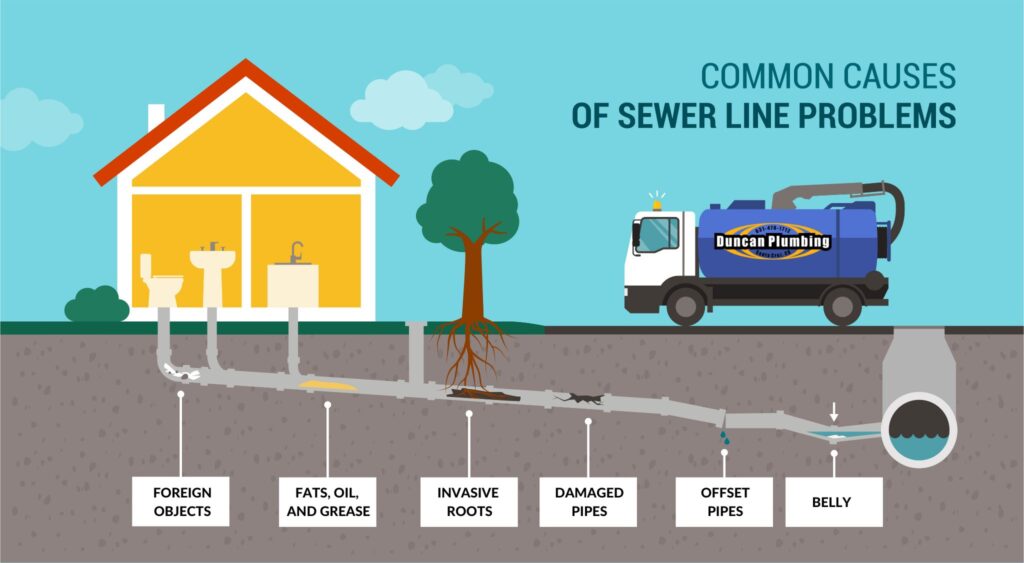
A clogged sewer line is rare. But it happens when something is seriously wrong with your system. The underlying causes of a main drainage clog include:
Invasive Roots
Invasive tree roots are often the number one cause of a clogged sewer line. Particularly older pipes and clay pipes are prone to this problem. Old pipes often have tiny cracks or loose joints. Invasive roots enter these cracks or loose joints and start growing on the plentiful nutrients roots find in the drainage line.
Over time, roots become big enough to cause a clog. Sometimes, the overgrowing roots can also cause the pipe to break – which leads to more significant problems.
Damaged Pipes
Damaged or leaking sewer pipes also fail to drain. Sewer lines can break because of old age, heavy above-ground traffic, and unplanned construction activities.
Shifting soil can also cause the sewer lines to sag. When that happens, toilet paper and other solid waste get collected in the sagged section, resulting in a clog over time.
Foreign Objects
Many foreign objects, such as tampons, diapers, paper towels, facial tissues, baby wipes, and even extra-thick toilet paper, can cause a sewer system to clog. You should avoid dumping this debris into your toilets.
FOG
In the plumbing world, FOG stands for fats, oil, and grease. Many people drain these materials down the kitchen sink because they are liquid when hot. However, they become solid as soon as they cool off in the sewer line. This can trap objects like tissues, baby wipes, and paper towels, causing blockages.
Old Sewer Lines
Old sewer lines develop cracks and break that attract invasive roots. This can result in a total sewer line collapse. Make sure to have the water lines examined (and replaced if necessary) before moving into your house.
How to Deal with a Clogged Sewer Line
Once you know you have a clogged sewer line, gear up for some hard work. Here’s what you can do to unclog your sewer line.
Turn Off the Water
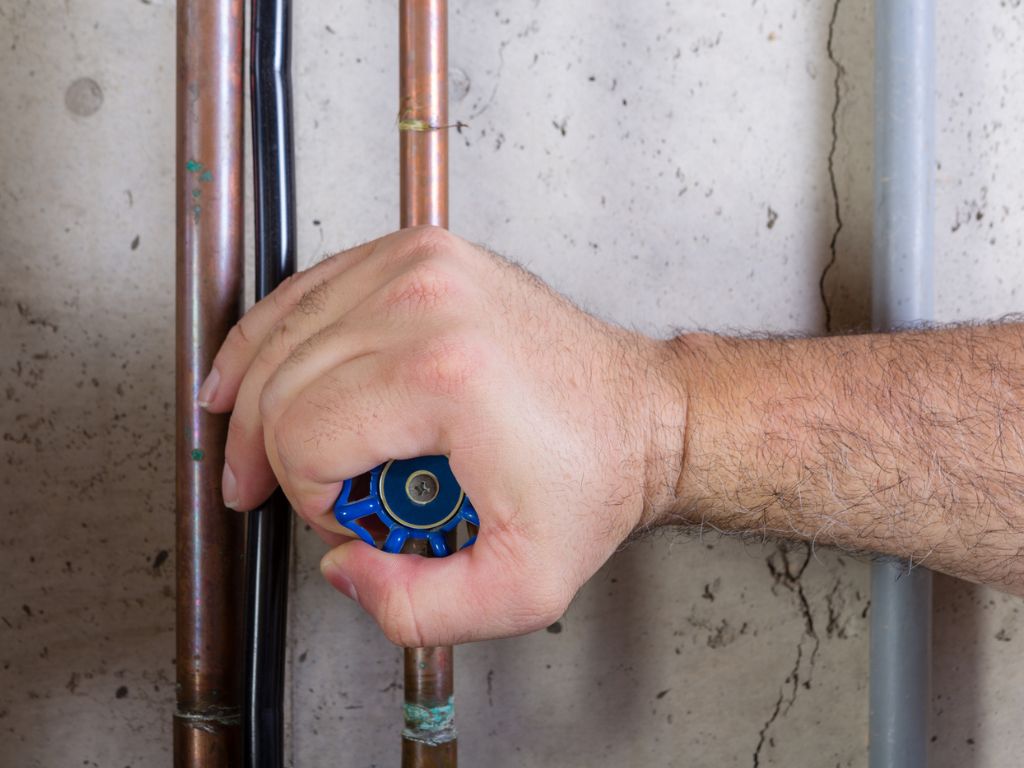
First, shut off the water main to help release the sewer line pressure. Turning it off will keep more water from draining into your sewer line. Otherwise, you might end up with raw sewage in your bathrooms or sinks while unclogging your drainage line. So, find the water main, which is usually near your water meter, and turn it off.
Unclog Your Sewer Line
There are five typical ways to unclog the main sewer. The following methods can help you remove non-biodegradable debris, sludge buildup, and grease.
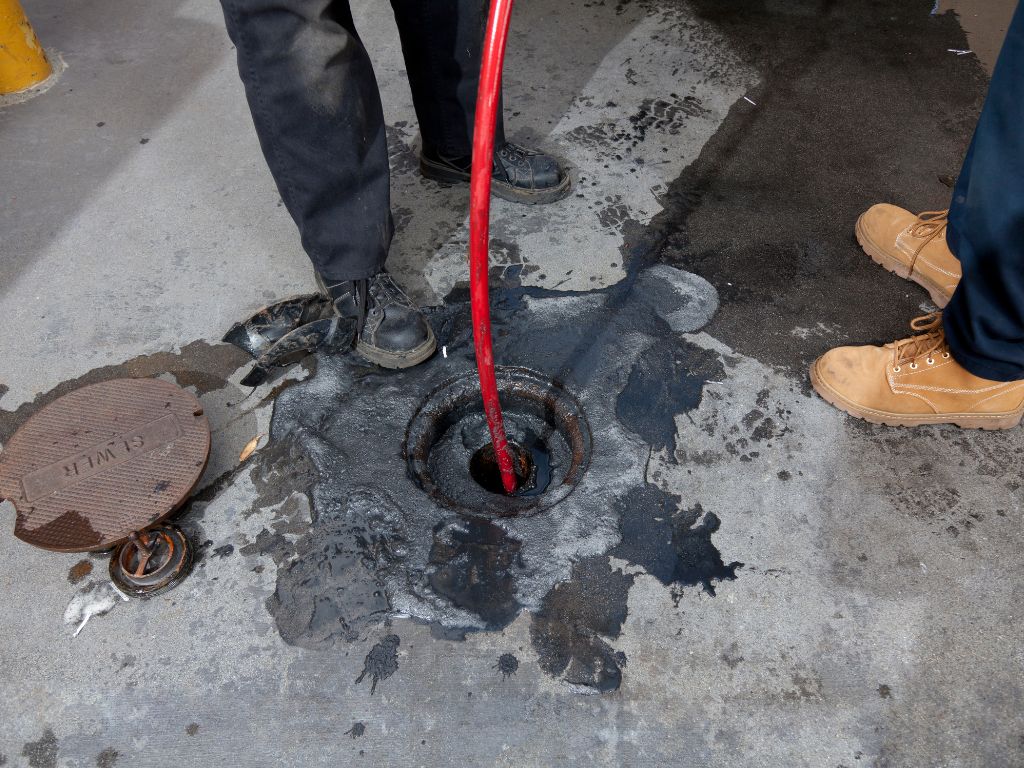
- Plumbing Auger: You can use a plumbing auger to snake your clogged sewer line. However, you may need a professional plumbing auger, such as a truck-mounted or power-assisted auger, to remove the clog.
- Chemical Cleaners: As the name suggests, this method uses chemical cleaners to remove the blockage. Although effective, chemical cleaners can be a safety hazard. They might damage your plants, lawn, and the surrounding soil.
You can use a chemical cleaner depending on the type of blockage. For example, use a bleach-based chemical cleaner to remove a toilet paper clog. On the other hand, a copper sulfate-based chemical cleaner is best suited to remove clogs involving invasive roots.
Usually, you will need to pour the chemical cleaner and leave it there for at least fifteen minutes. After that, you can flush the sewer line with hot water. Be sure to check the manufacturer’s instructions first.
- Non-Chemical Cleaners: Non-chemical cleaners are eco-friendlier. There are a few home remedies to unclog the main sewer. Combine one-part baking soda with one-part lemon juice or vinegar and pour this mixture down the sewer line. Let it set for at least an hour before flushing hot water down the drain.
- Mechanical Sewer Cleaning: This is a very effective way to unclog a sewer. But it involves rodding, bucket machines, and capsules called pigs. They can push the clog out to clean your sewer line. But this is a job best left to a professional plumber.
- Hydraulic Sewer Cleaning: Hydraulic sewer cleaning uses a high-pressure hose hooked to a water pressurizer. You can pulverize the sludge buildup with a strong water jet. This is the safest and the eco-friendliest way to unclog the main sewer. For this method to work, your sewer line must be free of cracks and breaks.
Over to You
A clogged sewer line can lead to several issues, including flooded basements, bad smells, and backed-up plumbing. This problem needs to be addressed as quickly as possible. Although there are many ways to unclog the main sewer, doing it yourself can sometimes make the situation worse. It is always better to consult a professional plumber to inspect the system and clean the clog.
Is Your Sewer Line Clogged?
Our team of skilled and experienced plumbers is here to help. You can reach us online 24/7. We also offer same-day service and scheduled plumbing work. Call us today to schedule an appointment!
